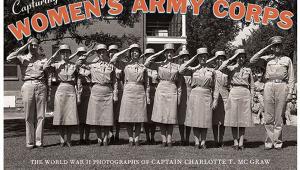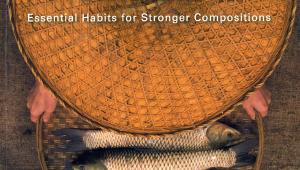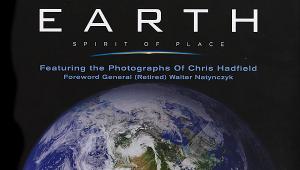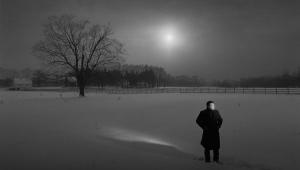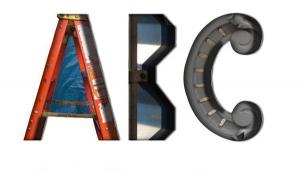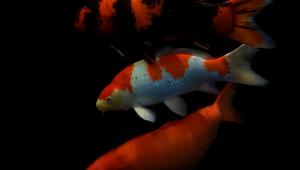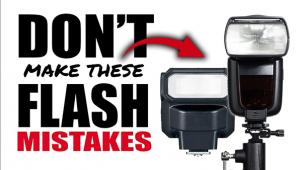Digital Portrait Photography; An Excerpt From Steve Sint’s Latest Book
Editor’s Note: Steve Sint has been making portraits for as long as I’ve known him, which is a long time, and his latest book contains a host of great tips and techniques from the many years he has been at his craft. Here’s a sampling from this beautiful 220-plus page book.
Digital Portrait Photography: Art, Business & Style by Steve Sint; $24.95; ISBN: 978-1-60059-335-2; A Lark Photography Book (www.larkbooks.com). Available at Barnes & Noble (www.bn.com) or wherever fine books are sold.
Steve Sint has photographed over a million portraits and his wealth of knowledge on everything from the basics of good composition to the fine details of advanced lighting techniques are all shared in this handsome book. Sint discusses setups and backdrops; the most flattering ways to pose both individuals and groups; tips on making the sessions fun and comfortable for everyone; and insider info on using electronic flash, both indoors and out.
 |
|
|
The Beauty Light
The beauty light is designed to minimize facial wrinkles on your subject and make them look, beautiful! In practice, the primary light is a very large, soft source (I usually use two umbrellas) that is over the lens and extends left and right past both sides of the subject’s face. This light totally minimizes vertical creases and wrinkles in the subject’s face. The second part of this lighting technique is a large white fill reflector placed horizontally 14 to 24 inches beneath the subject’s face. Imagine the subject sitting at a desk or table with the reflector placed on the desk or table’s top surface and you’ll get the idea. This reflector totally minimizes horizontal creases and wrinkles in the subject’s face, in addition to opening up the subject’s eye sockets and filling in the shadows under the subject’s chin. It is also worth noting that you can achieve the same effect by using a white seamless paper background that extends onto the floor beneath the subject and have the subject sit down on it. This can be especially useful for a relaxed family portrait or a group of kids.
 |
|
|
This lighting technique is important because almost any home has a table that can be covered by the reflector, or even a white tablecloth or a large white towel, which can be equally effective. This technique does not work if you use a light blue or green tablecloth, but a light pink, salmon, or yellow one will yield terrific results. Adding to the ease of creating this type of lighting, a shoe-mounted flash that can swivel 180? (so it’s facing backwards) and can be bounced off a reflector held directly behind the photographer’s head to achieve results similar to using more powerful AC-powered flash units.
Classical Portrait Lighting
A classical portrait lighting arrangement uses three or four different light sources: the main light, the fill light (or a fill reflector), a hair light, and a background light. Before we continue, a few caveats are in order. Sometimes, if you are after a more dramatic effect, you might decide against using a fill light or fill reflector at all. Also, there are muslin and canvas portrait backgrounds available (such as those from Adorama’s Belle Drape Line or Denny Manufacturing’s Old Masters line) that have a lighter area painted onto the center of them, and by using one of these you might be able to eliminate using a real background light altogether. In fact, the two samples I’m using in this section use only three lights each. On one, I eliminated the background light because I used a painted muslin that had a light spot painted on it; in the other, I didn’t use a fill light because I wanted inky black shadows to make the portrait more dramatic. In any event, the specific type of lighting equipment used is not as important as how the lights all work together. Each light has a specific job to do, and the way each light is set up is usually fairly consistent from shoot to shoot.
 |
|
|
The main light, as the name implies, is the primary light source illuminating the subject. Usually it is a broad source, set at a 45?–60? angle from the lens axis that lights the short side of the subject’s face, thus creating a triangular highlight on the broad side of the subject’s face.
The fill light lessens the shadows caused by the main light, and its intensity in relation to the main light determines how deep or open the shadow side of the face appears. The fill can be a second light source (usually another broad source), or a reflector of some sort, but these are usually positioned differently from each other because of how they work. If the fill light is another light source of equal power, it should always be farther away from the subject than the main light and usually positioned close to the lens axis, but on the opposite side of the lens axis from the main light. It is always farther from the subject than the main light so that its effect is reduced. Both its distance and position are chosen so that the fill light doesn’t create a distracting second set of shadows on the subject’s face. If a reflector is used for the fill, and it is placed an equal or greater distance from the subject than the main light, then it is always less powerful than the main light. A reflector is usually positioned opposite the main light, as opposed to closer to the lens axis, because that position allows it to more efficiently catch and reflect the main light’s beam back toward the subject.
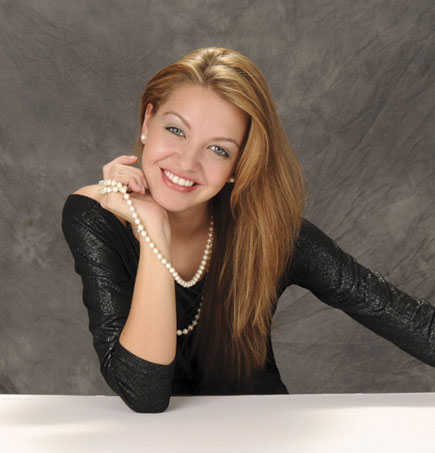 |
|
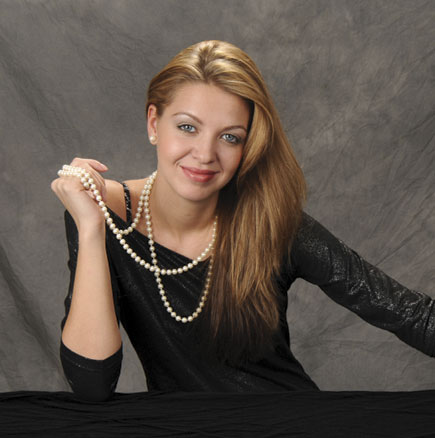 |
|
 |
|
 |
|
|



